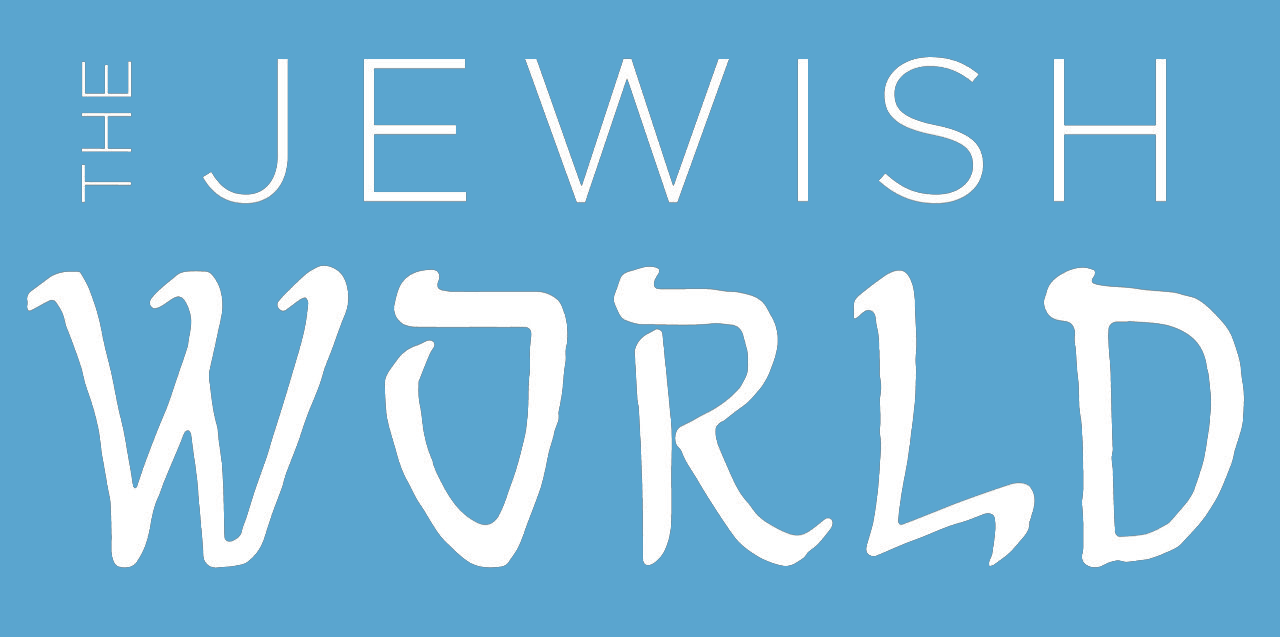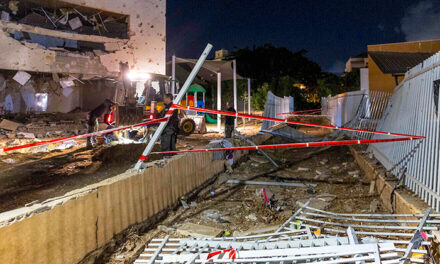(JNS)
Israel’s Holocaust Remembrance Center in Jerusalem recently announced that it has started using state-of-the-art AI technology including a new image detection capability to help comb through the world’s largest archive documentation of the Holocaust. This innovation comes at a time when Holocaust distortion and trivialization are on the rise around the globe.
Over the seven decades since its establishment, Yad Vashem has accumulated 224 million pages of documentation, more than half a million photographs and nearly 135,000 video, audio and written testimonies from the Shoah.
“A human being could not go over all the material which houses a treasure-trove of material for the world in terms of Holocaust education,” said Esther Fuxbrumer, head of the software development department at Yad Vashem. She said that to facilitate access to the vast information in its archives, Yad Vashem embarked on an innovative tech project two years ago dubbed “AI in the service of Holocaust remembrance” that has been implemented over the last couple of months.
It includes an image-processing ability to sift through hundreds of thousands of photos in a matter of minutes and a separate Natural Language Processing (NLP) model, especially tuned to Hebrew, which can identify names, dates and places from the millions of sheets of testimony and connect them.
Putting AI To Work
Recently, the family of a Holocaust victim who was murdered in Auschwitz in 1942 approached the staff at Yad Vashem concerned that a photo the family had submitted decades earlier did not appear in the archive database alongside the Page of Testimony due to a human oversight, Fuxbrumer recounted.

Using a low-quality copy of the photo, the IT officials at Yad Vashem were able to locate the mistakenly cataloged photo from its vast collection of over half a million photos within less than an hour. A human eye had but to choose the photo from a handful of likely ones that the program had selected, she said.
Technology As Ally
“Our commitment to utilizing cutting-edge technology gains even greater significance due to the unparalleled wealth of historical documentation housed within our archives, which stands as the world’s largest documentation of Holocaust-related records,” said Simmy Allen, a Yad Vashem spokesperson.
“The sheer magnitude of this archival treasure trove necessitates an innovative approach to date processing that would be nearly impossible to uncover manually. In this endeavor, technology serves as a powerful ally,” Allen added. Yad Vashem has identified the names of 4.8 million of the six million-plus Jews murdered by the Nazis and their helpers.









